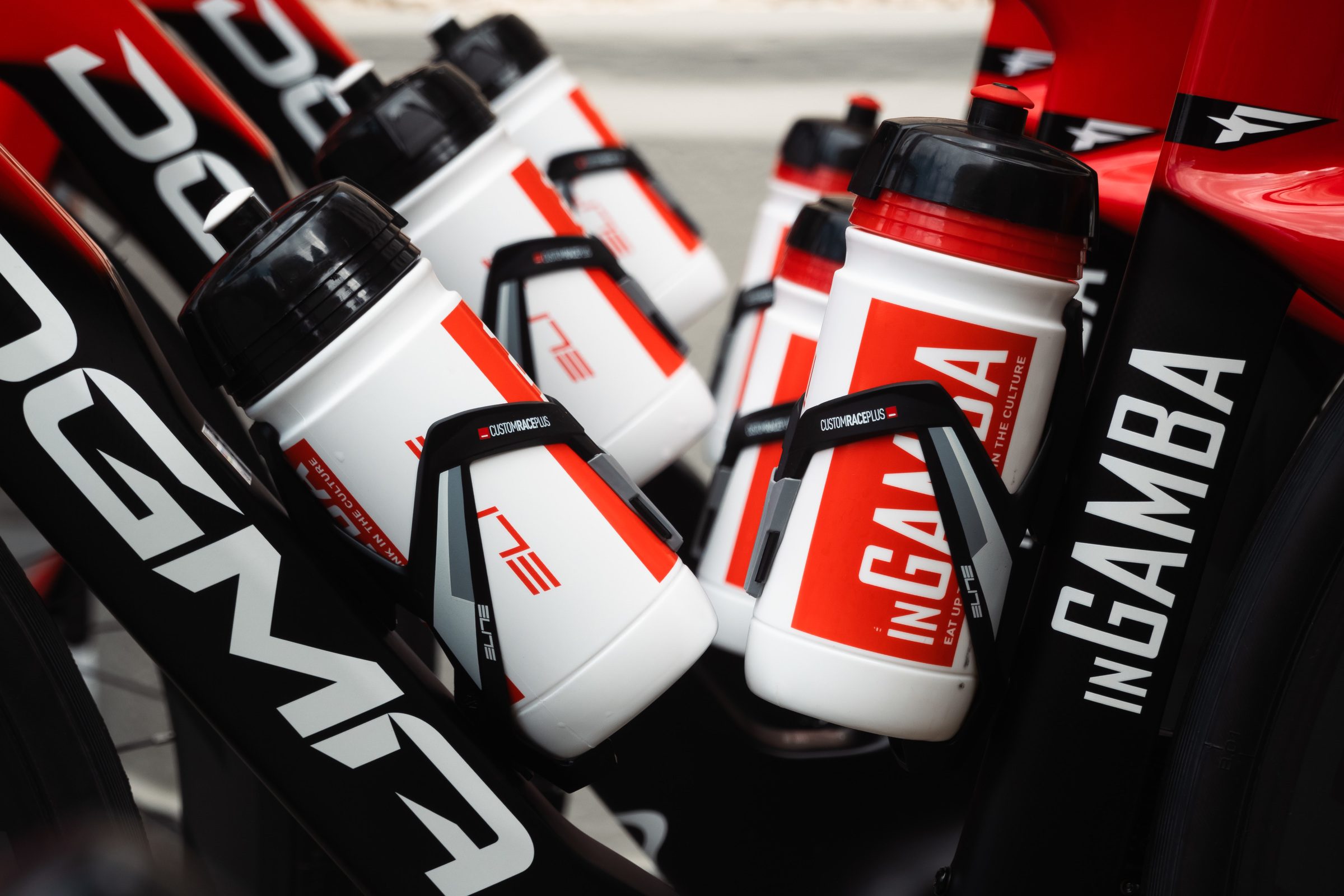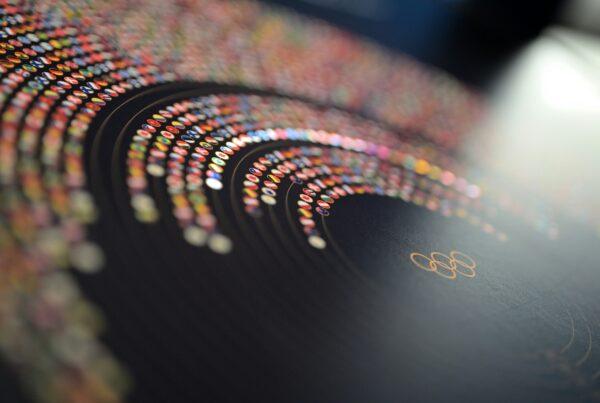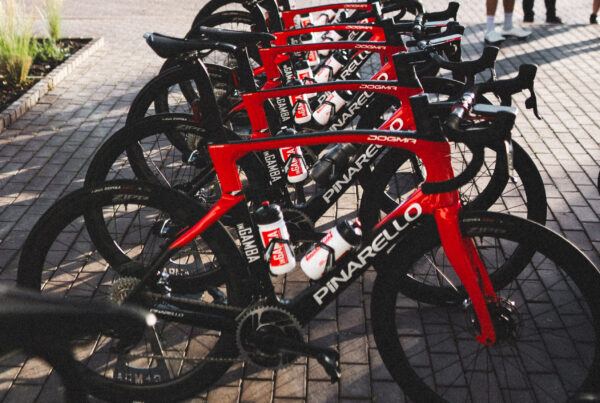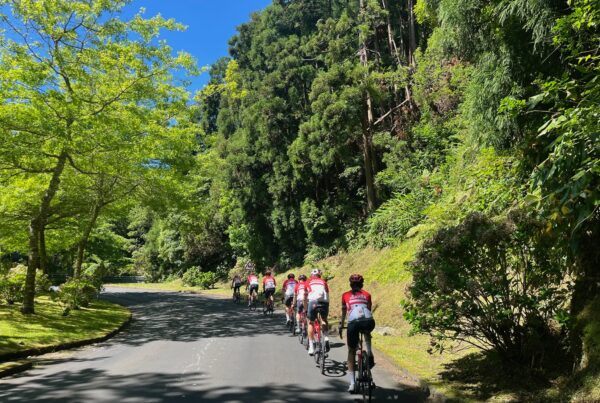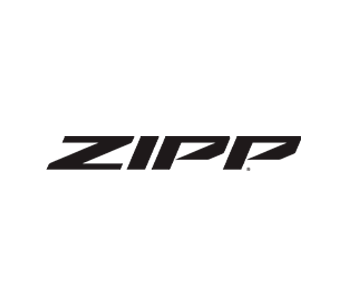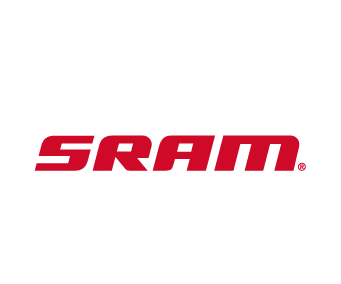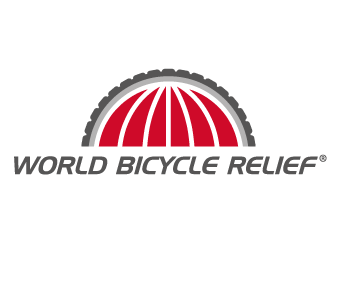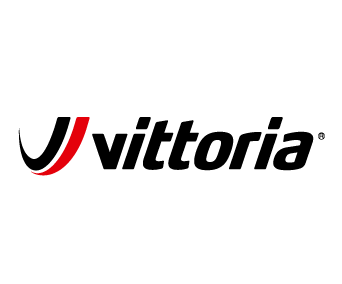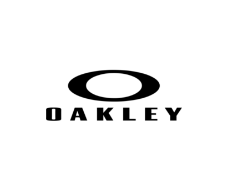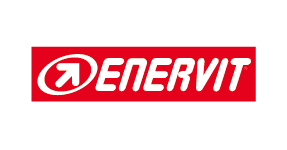You’ve likely heard that after a workout, you need to quickly get some protein to help your muscles recover and rebuild.
You may have been told it needs to be 40 grams of whey protein within 30 minutes. Maybe you heard it’s actually 30 grams of vegan pea protein within a 90-minute window. Or maybe you’ve heard it doesn’t matter as much as researchers once believed, and to just get on with your day and eat at your regularly scheduled mealtime. The truth is a bit more nuanced than that.
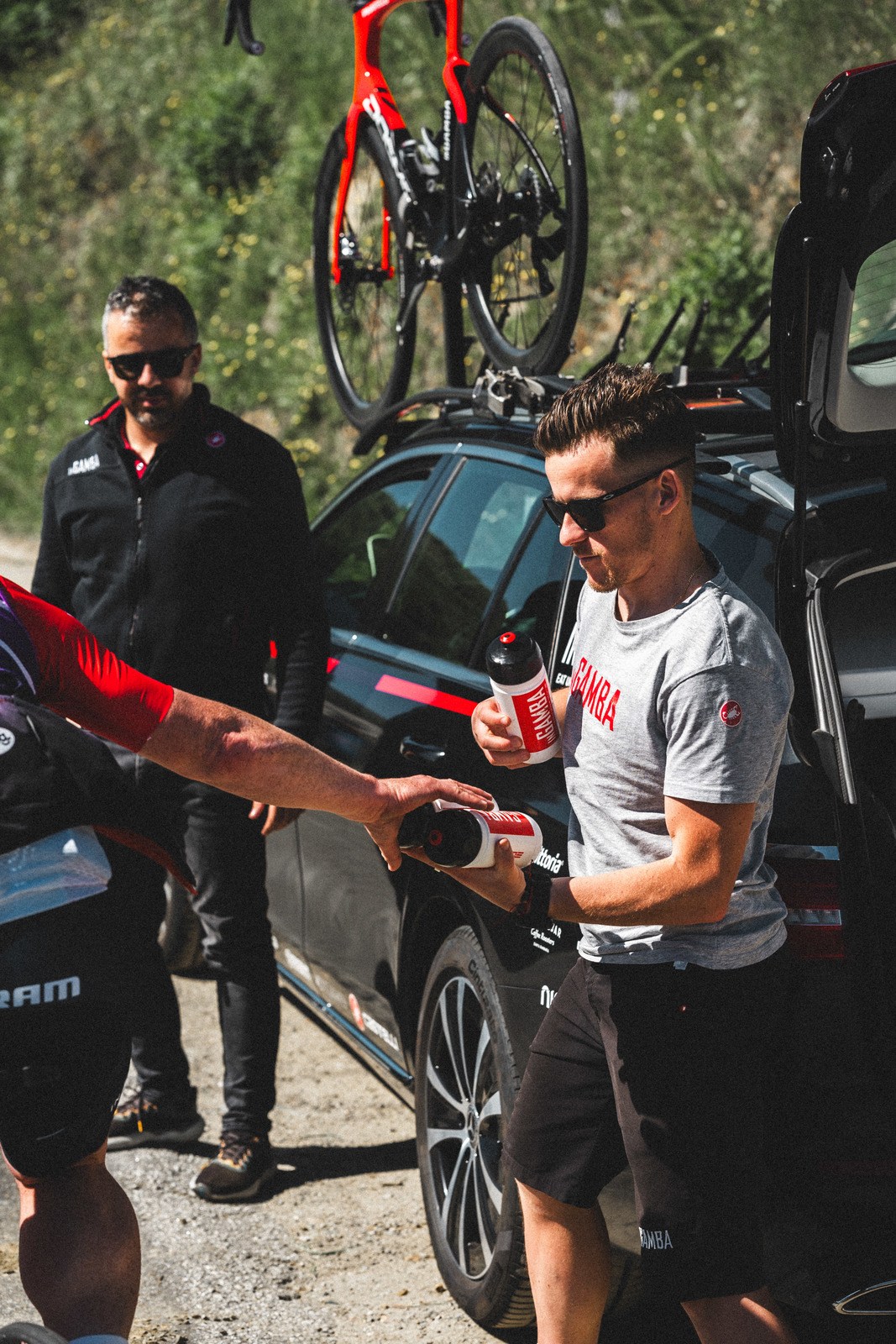
Here’s what we know from the most up-to-date research, and how you can apply it to your daily training as well as when you’re riding with us on an inGamba tour.
The good news is that you don’t need to chug a disgusting-tasting, chalky protein drink to get enough suitable protein for your post-workout needs. A good rule of thumb is the idea of “protein, not panic.” Yes, it’s important that you’re getting enough protein throughout the day, and post-workout, taking in some high-quality protein can kickstart the recovery process. But you don’t need to rush in from your ride and instantly drink a protein shake while still wearing your sweaty riding kit.
If you finish a ride feeling ravenous, that’s a good sign that you must fuel more before and during your ride. Feeling starved when you get off your bike means that your body didn’t get the carbohydrates needed to help keep your leg muscles pedaling you up that mountain pass. Rather than stressing about protein, focus on adding more carbohydrates to your ride until you find the best amount. (Learn more about in-ride fueling here.)
Assuming you finish a ride you’ve fueled well, what must you take in, especially if you’re hoping to ride the next day? You should aim for at least 25 grams of protein and carbohydrates in your post-workout meal—and going above 25 grams isn’t bad! It used to be believed that anything over 25 grams of protein wouldn’t help in recovery or muscle repair, but recent research has found that your body will continue to absorb and use protein long after eating it.
That can look like a big scoop of protein powder in a smoothie with a banana and some berries and peanut butter. But it can also look like two servings of chicken with rice and vegetables, or a beef and bean burrito with rice and a wrap. The key is to find what works best for you and your body’s needs.
At inGamba, we prefer a blend of high-tech nutrition and tasty meal options. If you’re feeling hot from the ride and not in the mood for a plate of homemade pasta with grilled scallops, then a recovery shake with Enervit’s R2 Recovery Drink, a protein and carbohydrate blend, is a great option.
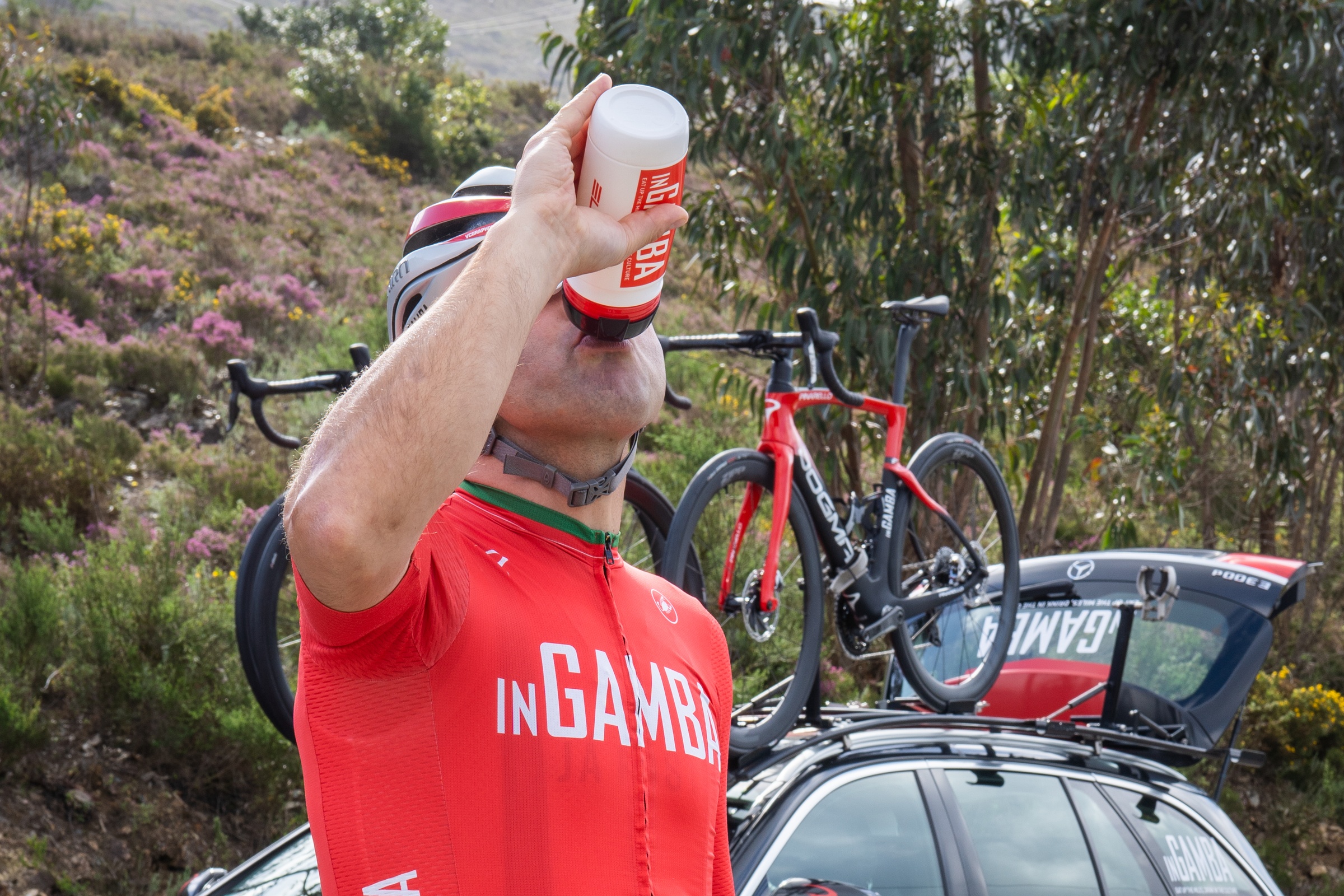
Trying to eat or drink your recovery meal within 60 to 90 minutes of exercise is ideal for maximum recovery gains—and to help you avoid making bad decisions around food by being ravenous later!—but researchers have found that it’s more important to be eating enough protein throughout the day, not just post-workout. That means breakfast, lunch, dinner, and post-workout should all include a serving of protein (around 20 grams, which usually translates to a piece of meat, dairy, or fish the size of a deck of cards).
Suppose you’re hoping to build muscle or boost your recovery. In that case, researchers have also found that a protein-heavy bedtime snack—like a glass of warm milk!—is a great way to increase your protein intake and maximize your body’s ability to make those gains.
Ultimately, when you take in protein, the type of protein source you use matters less than making sure that you are taking in different protein sources throughout the day. And luckily, on an inGamba trip—where our motto is Mangia Beve Bici —we ensure you have every protein option you could desire!
Check out thefeed.com for an extensive selection of Enervit’s legendary performance products, including their groundbreaking new C2:1 Pro range.
